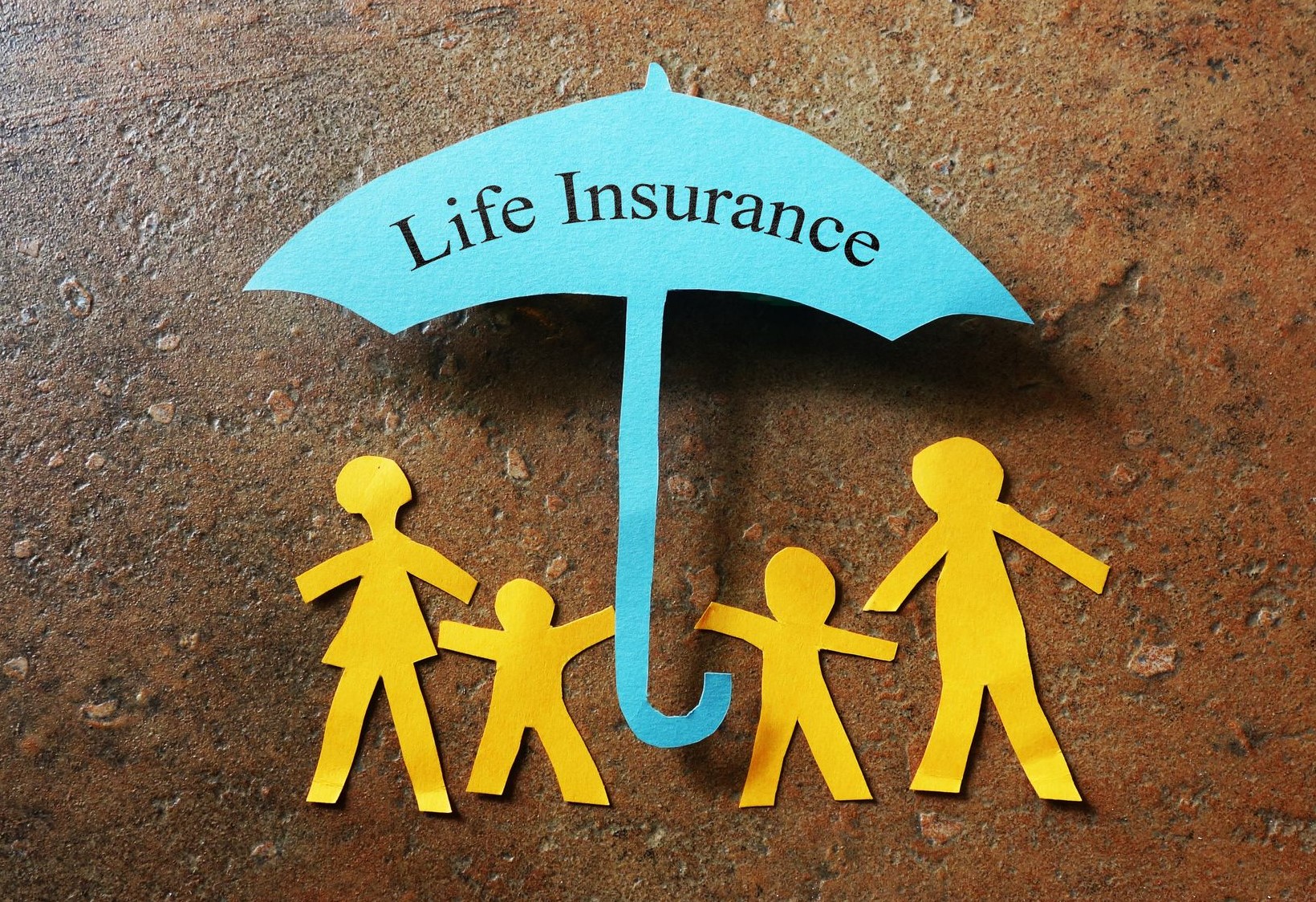 Life insurance is a critical component of financial planning process, especially when loved ones rely on you to help support them financially. With fears associated with the COVID-19 outbreak leading to concerns about appropriate life insurance coverage, many Americans have more questions than ever. In fact, some carriers and insurance brokers believe applications for coverage have actually increased as a result of these concerns. From acquiring an appropriate amount of insurance coverage during these unprecedented times to planning ahead for possible changes in rates, there are many factors to consider.
Life insurance is a critical component of financial planning process, especially when loved ones rely on you to help support them financially. With fears associated with the COVID-19 outbreak leading to concerns about appropriate life insurance coverage, many Americans have more questions than ever. In fact, some carriers and insurance brokers believe applications for coverage have actually increased as a result of these concerns. From acquiring an appropriate amount of insurance coverage during these unprecedented times to planning ahead for possible changes in rates, there are many factors to consider.
Does life insurance cover COVID-19?
The first thing to remember is that life insurance does cover COVID-19 related deaths. However, as is the case with all insurance, it is important that you answered all underwriting questions honestly regarding your health history, pre-existing conditions, travel, etc in order to ensure that claims will be paid.
Can I get coverage today?
Despite the ever-changing and varying state by state COVID guidelines, acquiring new insurance coverage is possible today. However, it is important to remember that underwriting may take longer and the underwriting processes may have changed. For example, some carriers that previously required in-person medical exams may no longer have this requirement depending on the amount of insurance, your age, medical history and the social distancing guidelines of your state. On the other hand, other carriers are continuing to require in-person exams which may not be possible depending on your state’s current guidelines.
 In addition, applicants should expect to see new questions on the application having to do with travel and any diagnosis of COVID. For example, if you recently traveled to a State Department Level 3 or 4 country, you may have a waiting period of up to 30 days after your return before a carrier will approve you for coverage.
In addition, applicants should expect to see new questions on the application having to do with travel and any diagnosis of COVID. For example, if you recently traveled to a State Department Level 3 or 4 country, you may have a waiting period of up to 30 days after your return before a carrier will approve you for coverage.
It is also important to note that some carriers have temporarily suspended applications for those most susceptible to the disease. For example, Mutual of Omaha had suspended sales of fully underwritten life policies for those age 70 and up. Other companies have stopped placing insurance for those age 80 and up. This is a company by company policy and it highlights the importance of shopping around for coverage and asking questions about underwriting requirements.
The cost of coverage is increasing due to COVID
In addition to suspending applications for certain Americans, many life insurance carriers have begun to raise their rates due to the pandemic. This is a big reversal as life insurance rates had been steadily falling for nearly 25 years. The good news is that it is still possible to acquire pre-COVID life insurance rates from certain carriers. However, carriers are constantly reassessing their rates due to the current environment and it is important for consumers to understand that procrastination could be costly. In other words, if you need coverage now, it may be best to avoid waiting.
How much coverage do you need?
Once you have established the need for coverage, the next question is how much and what type? Determining how much insurance is needed can be difficult. Start by asking yourself to what extent you would like your family to maintain their standard of living. Do you want them to remain in their home, pay off liabilities, have sufficient funds for education goals and also be able to retire one day?
 Consider conducting a needs analysis with your Financial Planner and begin with immediate expenses your family may have including funeral costs, uncovered medical costs, final estate settlement costs and taxes. Next, total up all outstanding liabilities including mortgages, auto loans, student loans and credit cards. While your family may choose not to pay off a low interest mortgage, determining the lump sum that may be needed to ensure your heirs are not saddled with debt is critical. Next, consider the costs associated with covering existing living expenses and future financial goals, like retirement and education funding, to determine how much income must be generated from insurance proceeds. Consider completing a life insurance calculator at www.lifehappens.org for assistance in this process. Once you determine the amount of insurance that is necessary, then you must determine what type of policy is most appropriate.
Consider conducting a needs analysis with your Financial Planner and begin with immediate expenses your family may have including funeral costs, uncovered medical costs, final estate settlement costs and taxes. Next, total up all outstanding liabilities including mortgages, auto loans, student loans and credit cards. While your family may choose not to pay off a low interest mortgage, determining the lump sum that may be needed to ensure your heirs are not saddled with debt is critical. Next, consider the costs associated with covering existing living expenses and future financial goals, like retirement and education funding, to determine how much income must be generated from insurance proceeds. Consider completing a life insurance calculator at www.lifehappens.org for assistance in this process. Once you determine the amount of insurance that is necessary, then you must determine what type of policy is most appropriate.
Group, term, whole life, variable life, guaranteed universal life – the list goes on and on. The first place people often look for insurance is their employer. While many workers find they have group life benefits, it is important to understand the limitations in the amount of coverage available. Since workers often change employers frequently, there could be a loss of coverage. However, because group benefits often do not require underwriting, they may be a good fit for those with health issues or as supplemental insurance plan.
Term insurance is by far the simplest and most affordable type of insurance. Coverage is purchased for a specified amount and “term” of one to thirty years, depending on your needs. Term is generally a good fit for those who have a temporary insurance need that will diminish as they age, such as providing for a young family, paying off a mortgage or having funds for retirement.
 For those looking for coverage that may last for their lifetime with the option to build cash value, policies like universal life or whole life may provide a possible solution. The permanent nature of these policies also makes them an effective tool for estate planning purposes to offset tax liability. However, they may be too expensive to rely on for your entire coverage needs.
For those looking for coverage that may last for their lifetime with the option to build cash value, policies like universal life or whole life may provide a possible solution. The permanent nature of these policies also makes them an effective tool for estate planning purposes to offset tax liability. However, they may be too expensive to rely on for your entire coverage needs.
Lifehappens.org also has a complete list of insurance alternatives and the pros and cons of each.
Dealing with the loss of a loved one is difficult enough without having to worry about financial matters. While applying for coverage during the pandemic may change the process, it is as critical as ever to maintain proper coverage. Since everyone’s situation is unique, consider speaking to your financial adviser to determine the best fit for you.
Kurt J. Rossi, MBA, CFP®, CRPC®, AIF® is a CERTIFIED FINANCIAL PLANNERtm & Wealth Advisor. He can be reached for questions at 732-280-7550, kurt.rossi@Independentwm.com, www.bringyourfinancestolife.com & www.Independentwm.com. LPL Financial Member FINRA/SIPC.










